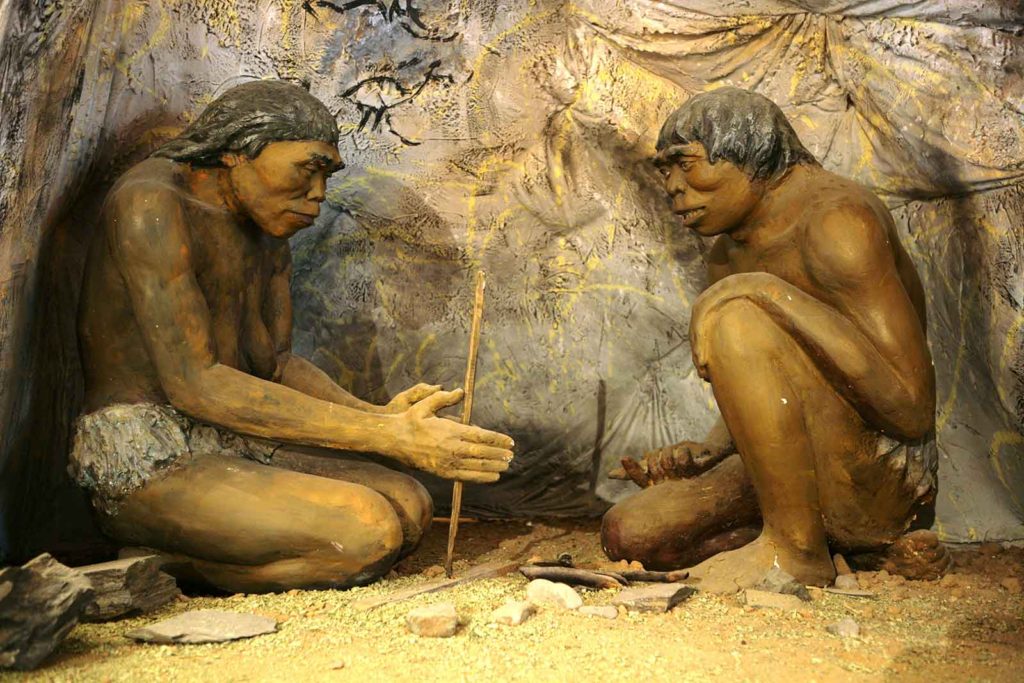Table of Contents
Stone Age: Nonfiction
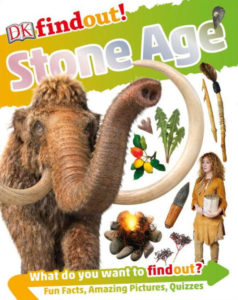 |
Stone Age (DK, 2017), a DKfindout! book, is filled with photos of artifacts, paintings, maps, reproductions, and fascinating facts. Topics include “What is the Stone Age?,” “Meet a Stone Age human,” “Making tools,” “Taming wolves,” “Cave painting,” “Stone Age facts and figures,” and more. For ages 6-9. |
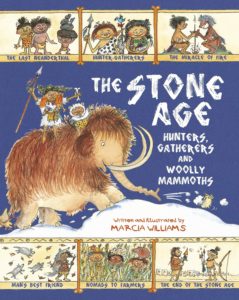 |
By Marcia Williams, The Stone Age: Hunters, Gatherers, and Woolly Mammoths (Walker Books, 2016), illustrated in panel-cartoon style, is crammed with cleverly presented information. Chapters include “The Last Neanderthal,” “Hunter Gatherers,” “The Miracle of Fire,” “From Nomads to Farmers,” and ”The End of the Stone Age.” For ages 6-10. See these Teaching Notes to accompany the book. |
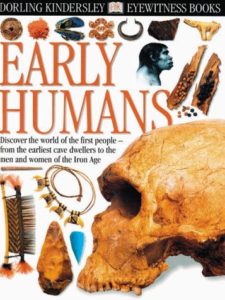 |
William Lindsay’s Prehistoric Life (DK, 2012), one of the Eyewitness series, traces the origins of life on Earth from primitive bacteria to the evolution of humans, illustrated with wonderful photos of fossils and models. For ages 8 and up. In the same series, see Nick Merriman’s Early Humans (DK, 2005). |
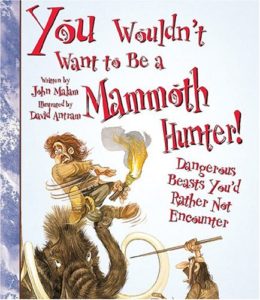 |
In John Malam’s You Wouldn’t Want to Be a Mammoth Hunter (Franklin Watts, 2004), one of the catchy and informational You Wouldn’t Want to Be…series, readers learn about the Ice Age through humorous illustrations and a reader-friendly, second-person text. Sample chapters are “It’s Cold! Living in the Ice Age,” “Weapons! A Mammoth Hunter’s Toolkit,” “Feast! Mammoth for Dinner,” and “Long March! Crossing the Land Bridge.” For ages 8-12. |
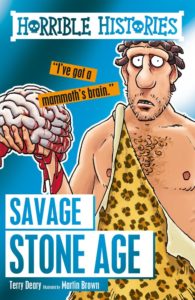 |
From Terry Dreary’s Horrible Histories series, Savage Stone Age (Scholastic, 2016) is a catchy and delightful history (“with all the nasty bits left in”). For ages 8-12. |
Stone Age Art
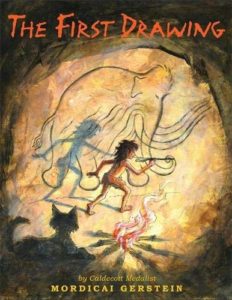 |
“Imagine…you were born before the invention of drawing, more than thirty thousand years ago.” Mordicai Gerstein’s The First Drawing (Little, Brown, 2013) is a delightful picture-book account of an imaginative Stone-Age child who sees images of animals in clouds, rocks, and cave walls. For ages 4-8. |
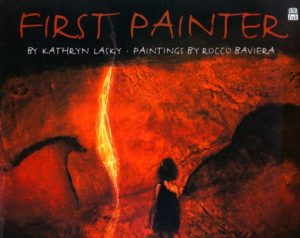 |
In Kathryn Lasky’s First Painter (Dorling Kindersley, 2000) young Mishoo becomes her tribe’s Dream Catcher after her mother dies. The tribe is starving during a drought, and Mishoo dreams that to save them she must go to the she-tiger’s cave. There she traces the shapes of animals in charcoal on the stone walls and then paints them with colored clay. The painted animals seem to come alive. Mishoo paints for three days and when she at last emerges from the cave, it is raining. The illustrations are beautiful and the book includes an extensive bibliography on cave painting. For ages 7-9. |
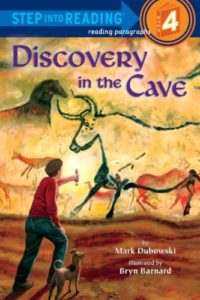 |
Mark Dubowski’s Discovery in the Cave (Random House, 2010), a Level 4 Step into Reading book, is the story of the discovery of the Lascaux Cave by four teenage boys and a dog. For ages 7-9. |
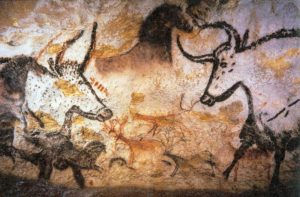 |
Take a virtual tour of the Lascaux Cave. |
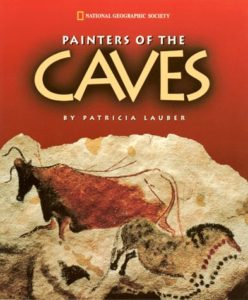 |
Patricia Lauber’s Painters of the Caves (Scholastic, 1999) is a nonfiction account of prehistoric art, illustrated with wonderful color photographs. Based on cave paintings and fossil finds, Lauber creates a detailed picture of prehistoric life. For ages 8-12. |
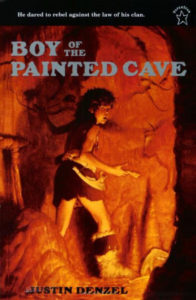 |
Justin Denzel’s The Boy of the Painted Cave (Puffin, 1996) is the story of Tao, a fatherless boy with a crippled foot, who can never be a Chosen One and therefore is forbidden to be a cave painter. Rejected by his clan, Tao finds himself gradually beginning to question many of the tribal beliefs. Eventually he tames a wolf (forbidden), travels to the forbidden lands (forbidden), finds a mentor who teaches him how to paint, and triumphs over adversity, prejudice, and superstition. For ages 9-12. |
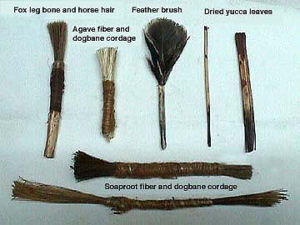 |
Learn how to paint a mammoth – the Paleolithic way. Included are instructions for making your own pigments and paint brushes. |
 |
Got a giant cardboard box? For the youngest kids, add a flashlight and markers, crawl inside, and turn it into a painted Stone Age cave. |
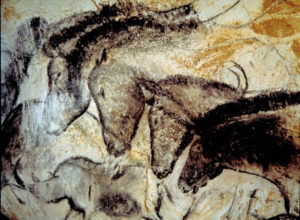 |
Werner Herzog’s Cave of Forgotten Dreams (2010) is a superb documentary on the 30,000-year-old paintings in the Chauvet caves in southern France. |
|
From the Smithsonian, see A Journey to the Oldest Cave Paintings in the World. |
|
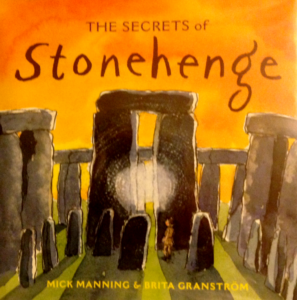 |
By Mike Manning, The Secrets of Stonehenge (Frances Lincoln Children’s Books, 2013) covers the history of this awe-inspiring ancient monument. (How did Stone-Age people manage to build it?) For ages 7-11. |
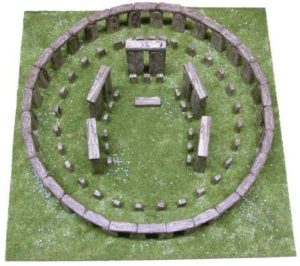 |
Check out this beautiful Stonehenge Model Kit, which consists of 121 ceramic pieces which simulate stone. |
|
There are also dozens of online Stonehenge model suggestions – try this one, from homemade salt dough. |
